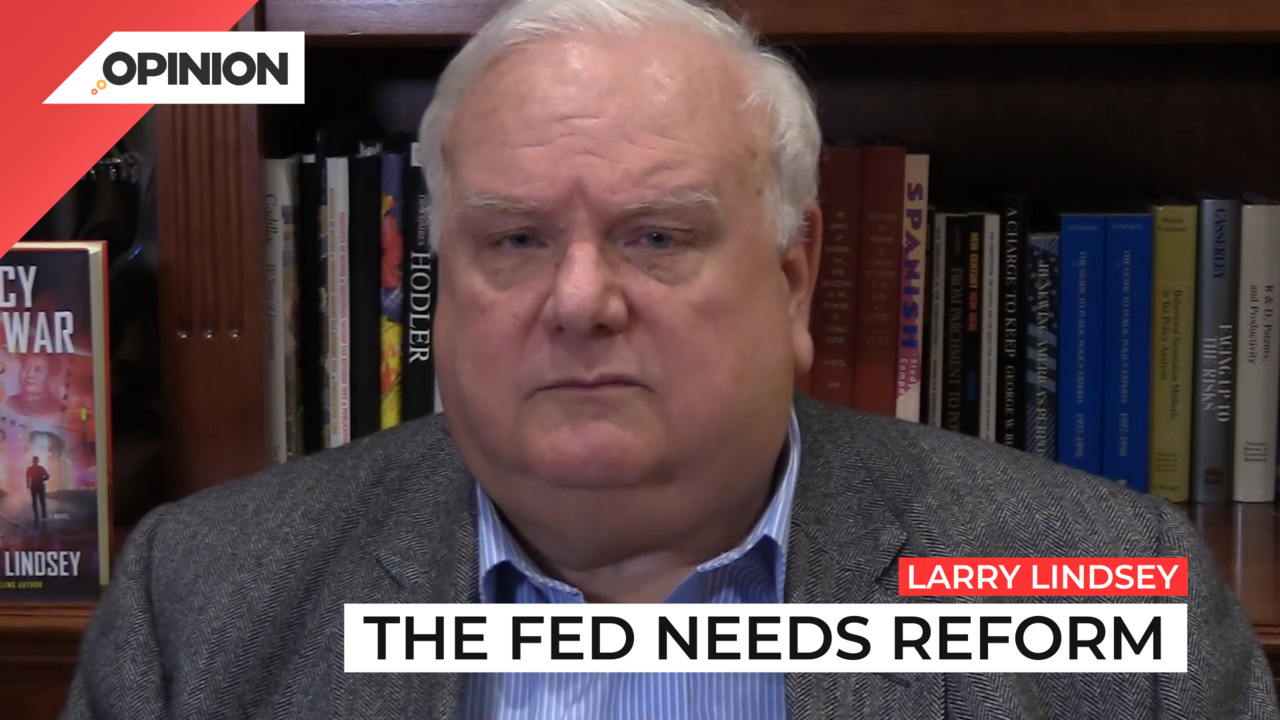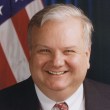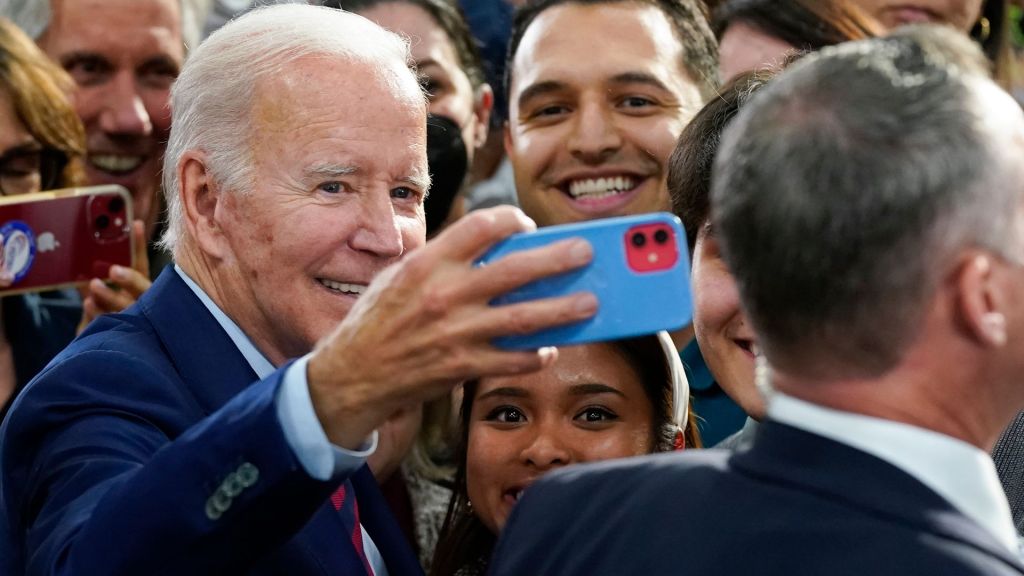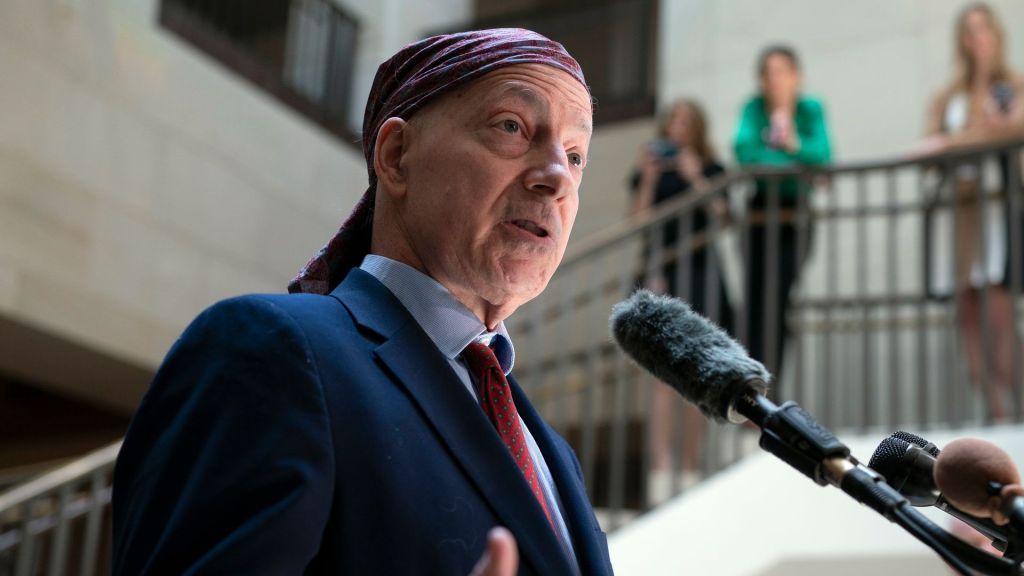
Commentary
-
Our commentary partners will help you reach your own conclusions on complex topics.
The Fed is really in a dilemma right now. Now, Chairman Powell has promised that he is going to do whatever it takes to tame inflation. That kind of makes sense. After all, they’re trying to clean up the mess they created in the first place.
But the cost of that might be high in terms of lost output, ie a recession. Well, how should the Fed view things? It really depends on which one any given Federal Reserve thinks is more dangerous, inflation or recession.
Back in the 1990s, Professor John Taylor, at Stanford University, did a test of how the Fed actually behaves. It’s called the Taylor rule. But it’s not a rule at all. It’s simply a statistical study of what the Fed actually does. And he basically had three parameters.
First, he thought in normal times, the Fed funds rate should equal the inflation rate plus two points. Second, he said, how far off are they from their growth target, and they had an adjustment for how far off they were. And then how far off were they from their inflation target.
And they adjusted that normal rate, based on how far off they were. Today, if you simply applied the Taylor rule, the Fed funds rate should be 9.4%. The Fed just raised it to a range of three, three and a quarter percent.
So basically, the Taylor rule is saying the Fed funds rate should be about three times what it currently is. Up, obviously, if you’re going to have anything like a Taylor rule kind of behavior, then you want to tackle inflation first, that means moving interest rates up.
Likelihood is that even after a September hike, we’re probably going to end up with further hikes later in the year. And we’ll end up with a Fed funds rate in the high threes or perhaps 4%. That would be a significant hike in interest rates, if we continue to have a recession, and the odds are that we will, that would drop inflation for the entire year, from the current six, eight down to about five, three. That would mean the second half of the year would have inflation of just 3.8% a lot lower than what it ran in the first half of the year.
That’s light at the end of the tunnel. That’s if everything works out just right.
Will it work out just right? Well, that’s quite unclear. And even if we do get there, the Fed shouldn’t cut rates, it can least leave them on hold until inflation drops below 3%. And closer to the Feds long run target.
Well, what can we say about this experiment? Let’s assume that it works. First of all, we’re going to be paying for this disinflation with a pretty deep recession. I estimate that the year it’s going to decline by about 1.6%. In terms of GDP, that’s quite significant.
The great financial crisis, for example, which took place in 2008 2009, resulted in average reduction in GDP of 2.6% per year.
The Volcker back to back recessions in 1980, through 1982 averaged just a 6/10 of a percent decline in inflation, over 12 quarters over those three years.
So the 1.6% rate of decline this year, is I would call it a moderately deep recession. That’s going to be painful. The second is a risk that we have and that is that financial markets become what the Fed calls disorderly, disorderly market means some people won’t get a be able to borrow. It may mean that you have a spreading problem throughout the financial markets as households, firms pension funds, what have you begin to lose a lot of money, they then become insolvent and the problem spreads.
So the Fed has to be very, very careful about that. One risk if things get too disorderly is that we ended up with something called a debt deflation. And believe it or not, that’s actually worse than inflation, it was very similar to what we had in the 1930s. Prices start to fall. And what that means is anyone who’s indebted, now is going to find it harder and harder to pay back their debts. Why? Because deflation is bringing down their incomes and the cost of carrying that debt goes up.
That’s true, not just for households, particularly in the form of their mortgages, their houses might go underwater, meaning their house value might decline to less than their mortgage. That creates all kinds of problems.
But the biggest problem is going to be for the government. Uncle Sam is by far the largest debtor in the history of mankind. Well, if we have deflation, the burden of that roughly $30 trillion of debt goes higher and higher and higher, because there’s less tax revenue from the economy to help service it.
Others types of government spending will get crowded out, the government may choose to raise taxes, which will only make the depression or the deflation worse.
So this is something that must be avoided. Here’s the big question. Is the Fed deft enough in its policy setting to be able to avoid it? Or might they cut too far? The risk here is that they haven’t done a good job so far.
You might remember that they completely missed inflation. Last year, they called inflation, transitory, they didn’t even get around to acknowledging it was a problem until inflation was already in the six or 7% range and was staying there. Well, once they got inflation wrong, they also got their growth forecast wrong.
In December of last year, their forecast for 2022 was 4%. Growth. Oops, by March, they cut that forecast to 2.8%. In June, they cut it to 1.7%. And before all is said and done, we’re probably going to have a decline a negative GDP growth rate.
This is a terrible record. And yet we have to rely on them to get things right. This is not going to be an easy task. We have problem and decision making at the Fed. It’s become much too uniform. There is no real discussion that happens. They kind of all get together and decide by the seat of their pants, what they should do, and there’s no dissent. The Fed needs reform.
There are outcomes worse than inflation. And we’re just going to have to keep our fingers crossed, that the Fed doesn’t produce an even worse outcome in the form of a debt deflation.
-
Biden’s EV math just doesn’t add up
In March, the Biden administration issued a new directive requiring U.S. automakers to cut the average carbon emissions of their fleets by almost 50% before 2032. That order is one component of President Biden’s larger goal to cut total U.S. carbon emissions in half by 2030. A primary method for reaching these goals will involve…
-
President Biden just isn’t cool
For some Americans, politics is only about policy, while others prioritize core values, ideas, aspirations or beliefs. Still, for others, politics may be a reflection of culture, where voting serves as a symbolic act to proclaim cultural group identity. But for some Americans, who they vote for and support is more of a popularity contest,…
-
Federal Reserve policy should be more restrictive
The American economy is booming, with high GDP growth, record-low unemployment, and wage gains for median workers. Over the past few quarters, U.S. economic growth indicators have consistently outperformed official projections. But the U.S. Federal Reserve recently conceded that its policies might be too restrictive, hindering the full potential of the U.S. economy, which the…
-
Celebrate tight labor market, but don’t cut interest rates
While President Joe Biden has been celebrating U.S. economic success, many Americans are still unhappy about the economy. So who’s right? The most recent jobs report for February showed that while the unemployment rate rose slightly to 3.9%, job gains were higher than expected, with the total coming in at 275,000 versus the expected increase…
-
Social and economic class will define 2024 election
Following in the footsteps of FDR, Democratic support in the past hundred years has drawn largely from working-class individuals, labor unions, and civil society organizations. Republican support, conversely, tended to rely upon larger corporate donations and the support of high-income individuals. In 2024, these traditional roles are evolving, and the new reality of campaign finance…
Latest Opinions
-
 Getty Images
Getty Images
Biden uses NFL draft ad to try to connect with young voters
-
 Getty Images
Getty Images
Powering pot: Energy for US cannabis industry could electrify 13.5M homes
-
 Getty Images
Getty Images
Allies plan for Trump to have more control over interest rates
-
 Getty Images
Getty Images
FDA: Bird flu found in 1/5 commercial milk samples, suggests greater spread
-
 Reuters
Reuters
China permanently deploys warships to second overseas base
Popular Opinions
-
In addition to the facts, we believe it’s vital to hear perspectives from all sides of the political spectrum.


